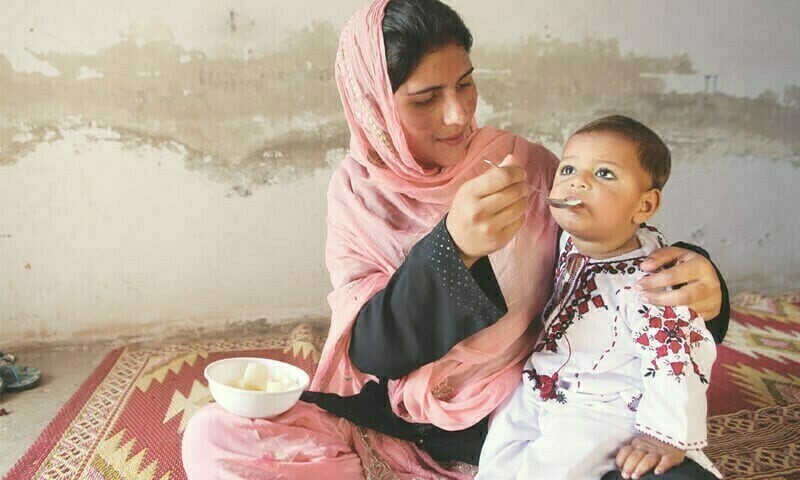ISLAMABAD: The United Nations has warned that decades of progress in child survival are now at risk as major donors have announced or indicated significant funding cuts.
According to two recent reports, released by the United Nations Inter-Agency Group for Child Mortality Estimation (UN IGME), reduced global funding for life-saving child survival programmes is causing healthcare worker shortages, clinic closures, vaccination programme disruptions and the lack of essential supplies such as malaria treatments.
These cuts are severely impacting regions in humanitarian crises, debt-stricken countries, and areas with already high child mortality rates.
Global funding cuts could also undermine monitoring and tracking efforts, making it harder to reach the most vulnerable children, the Inter-Agency Group warned.
“From tackling malaria to preventing stillbirths and ensuring evidence-based care for the tiniest babies, we can make a difference for millions of families,” said Dr Tedros Adhanom Ghebreyesus, Director-General of the World Health Organization.
UN reports highlight how reduced global funding is causing healthcare worker shortages, clinic closures and disruptions to vaccination programmes
“In the face of global funding cuts, there is a need more than ever to step up collaboration to protect and improve children’s health.”
Even before the current funding crisis, the pace of progress on child survival had already slowed. Since 2015, the annual rate of reduction of under-five mortality has slowed by 42 per cent, and stillbirth reduction has slowed by 53 per cent.
The global efforts to reduce child mortality has yielded extraordinary results over the last 30 years. The decline in the global under-5 mortality rate since 2000, a remarkable 52 per cent, is an achievement that underscores the power of sustained commitment, investment and coordinated action.
In 2022, the world reached a historic milestone when child deaths dropped slightly below 5 million for the first time. However, the progress has slowed and too many children are still being lost to preventable causes.
This progress not only means millions of children’s lives saved it also demonstrates that ending preventable child deaths is an achievable goal. Yet, these hard-won gains are in peril, the report says.
Beyond regional disparities, fragile and conflict-affected situations remain among the most dangerous places for children, adolescents and young adults. The mortality gap between income groups is equally stark: children in low-income countries face under-five mortality rates almost 13 times higher than those in high-income countries. These disproportionate burdens stem from uneven access to life-saving interventions and can be addressed with targeted policies and investments.
Millions of children are alive today because of the global commitment to proven interventions, such as vaccines, nutrition, and access to safe water and basic sanitation, Unicef Executive Director Catherine Russell said.
Published in Dawn, March 31st, 2025











